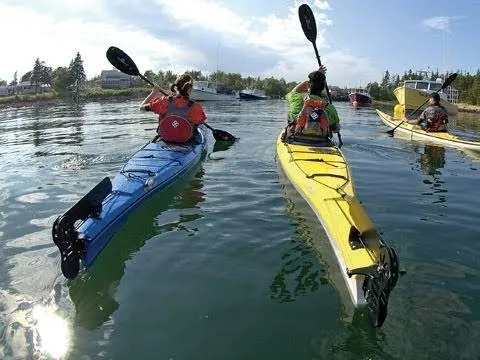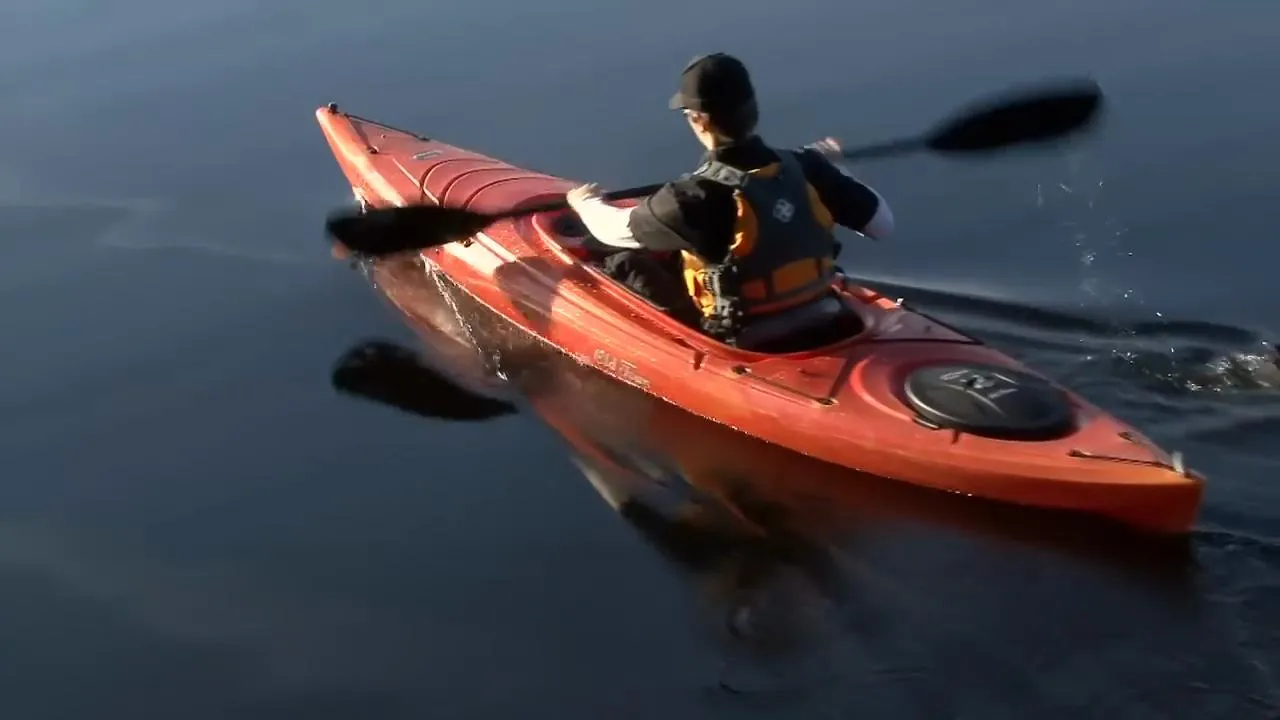Rudder Skeg: What is the Right Way to Use Them for Better Kayaking Experience?
Kayaking is a popular water sport that requires skill, patience, and the right equipment. When it comes to navigating through windy conditions, many kayakers struggle to keep their kayak running straight. This is where rudders or skegs come into play. But, do you know the right way to use them?
The main purpose of rudders or skegs is to prevent weather cocking, a phenomenon where a kayak naturally turns into the wind. But, how do they work? And, which one is better for you? Let’s dive deeper into the world of rudders and skegs to find out.
**Key Takeaway:** Rudders and skegs are designed to help kayakers navigate through windy conditions by preventing weather cocking. While rudders are more popular and versatile, skegs are simpler and more effective for tracking over long distances.
Rudder Skeg: What’s the Difference?
Rudders and skegs are two different devices used to prevent weather cocking in kayaks. While they serve the same purpose, they work in different ways.
Rudders are flat surfaces located at the back of the kayak that can be angled to steer the kayak. They are controlled by foot pedals and can be adjusted to compensate for wind and currents. Rudders are more popular among kayakers because they offer more control and versatility.
Skegs, on the other hand, are flat surfaces located at the bottom of the kayak that can be adjusted to change the kayak’s tracking. They are stored in a skeg box and deployed using a slider. Skegs are simpler and more effective for tracking over long distances, but they don’t offer the same level of control as rudders.
How to Use a Rudder
Using a rudder is relatively straightforward. Here are the steps:
* Adjust the rudder to compensate for wind and currents.
* Use the foot pedals to control the rudder.
* Make small adjustments to the rudder to maintain a straight course.
Tips for Using a Rudder
* Use a rudder when paddling in windy conditions.
* Make small adjustments to the rudder to avoid overcorrecting.
* Practice using a rudder to get a feel for how it works.
Skeg: A Simple yet Effective Solution
Skegs are often overlooked in favor of rudders, but they offer a simple and effective solution for tracking over long distances. Here’s how to use a skeg:
* Deploy the skeg by using the slider.
* Adjust the skeg to the desired depth.
* Make small adjustments to the skeg to maintain a straight course.
The Benefits of Using a Skeg
* Skegs are simpler and more effective for tracking over long distances.
* They offer less resistance and drag compared to rudders.
* Skegs are a great option for kayakers who want a hassle-free solution.
When to Use a Skeg
* Use a skeg when paddling in calm waters.
* Use a skeg when tracking over long distances.
* Use a skeg when you want a hassle-free solution.
Rudder vs Skeg: Which One is Right for You?
The choice between a rudder and a skeg depends on your kayaking style and preferences. If you want more control and versatility, a rudder may be the better choice. If you want a simple and effective solution for tracking over long distances, a skeg may be the better choice.
**Ultimately, the decision comes down to your personal preference and kayaking style.**
In conclusion, rudders and skegs are two different devices used to prevent weather cocking in kayaks. While rudders offer more control and versatility, skegs are simpler and more effective for tracking over long distances. By understanding how to use rudders and skegs, kayakers can navigate through windy conditions with ease and confidence.



